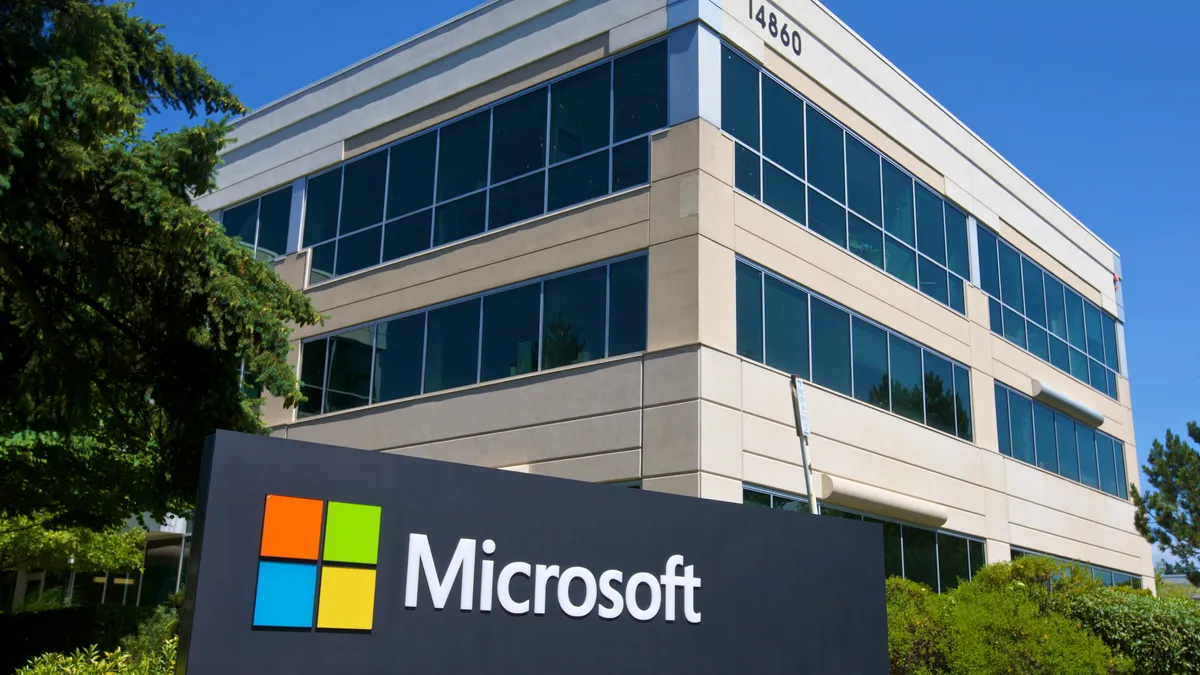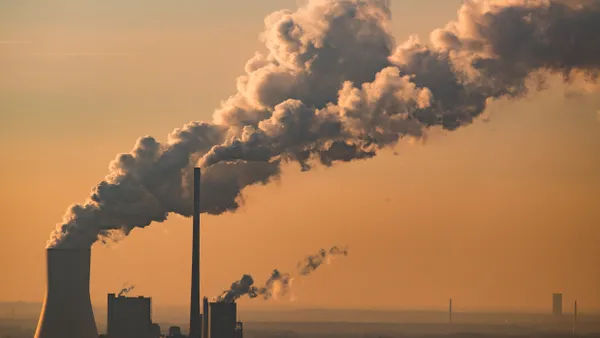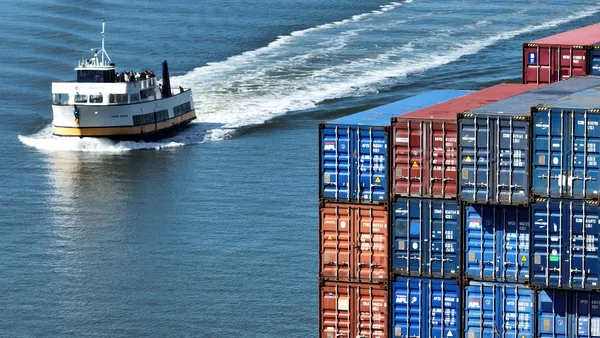Dive Brief:
- The United Nations Framework Convention on Climate Change said last week it was partnering with Microsoft to create an AI-powered platform and climate data hub aimed at measuring and analyzing global progress in reducing carbon emissions.
- The new platform will provide digital support to the UNFCCC’s Enhanced Transparency Framework, giving the organization and its member states tools to report and validate carbon reduction progress across a variety of sectors, including transportation, agriculture and industrial processes.
- Microsoft said it would provide UNFCCC and member states with tools to plan carbon reduction strategies using simulations, benchmarks, and data visualizations to help devise both money- and time-efficient targeted actions.
Dive Insight:
The collaboration also intends to simplify the process of analyzing climate data submitted by countries aligned with the Paris Agreement. Currently, 196 parties have committed to the 2015 climate accord.
The duo said it will also launch Global Climate Dashboards, which will be published on UNFCCC’s website, to increase transparency, accountability and “ultimately informing meaningful climate action,” according to the announcement. Previous climate dashboards from the UNFCCC, such as the 2022 Met Office Hadley Centre one, have provided a snapshot of greenhouse gas concentrations, global warming and other key climate indicators within a region.
“Simply put, you can’t fix what you can’t measure, and these new AI and data tools will allow nations to measure emissions far better than they can today,” Brad Smith, vice chair and president of Microsoft, said in a press release.
UNFCCC’s executive secretary, Simon Stiell, said assessing climate risk requires technology for adaptation and mitigation, alongside collaboration with other parties to construct a proper framework.
Aside from providing technical support and data infrastructure to the UN, Microsoft said it pledged to donate $3 million over two years to assist in the implementation of UNFCCC’s Enhanced Transparency Framework and Global Stocktake mechanisms. The analysis of the first Global Stocktake — a UN-backed global assessment of the progress made toward achieving the Paris Agreement goals, debuted at this year’s COP28 summit. The stocktake concluded 22 gigatons of greenhouse gasses must be removed within the next seven years to keep the 1.5°C goal within reach.
Microsoft has also been a vocal advocate of legislation that holds companies accountable for their carbon footprint. Earlier this year, the tech giant penned a letter alongside other companies — such as Ikea, Adobe and Patagonia — to provide support to California’s Senate Bill 253, which would require business entities operating in California with annual revenues exceeding $1 billion to report their greenhouse emissions each year. The bill was signed into law by California Gov. Gavin Newsom shortly after in October.
Despite making strides in its corporate climate mitigation strategy — Microsoft said it had reduced its combined scope 1 and scope 2 emissions by 22% in 2022, according to its latest sustainability report — the software company has struggled to align its supply chain with its environmental goals.
One of Microsoft’s overseas electronic suppliers, Taiwan-based Chicony Electronics, reported a 230% increase in emissions in 2021, according to a report from The Verge. Further, the outlet concluded most of Microsoft’s suppliers had only increased their emissions since the company announced its goal of becoming carbon negative by 2030 three years ago, ultimately adding to the tech giant’s own scope 3 emissions.











